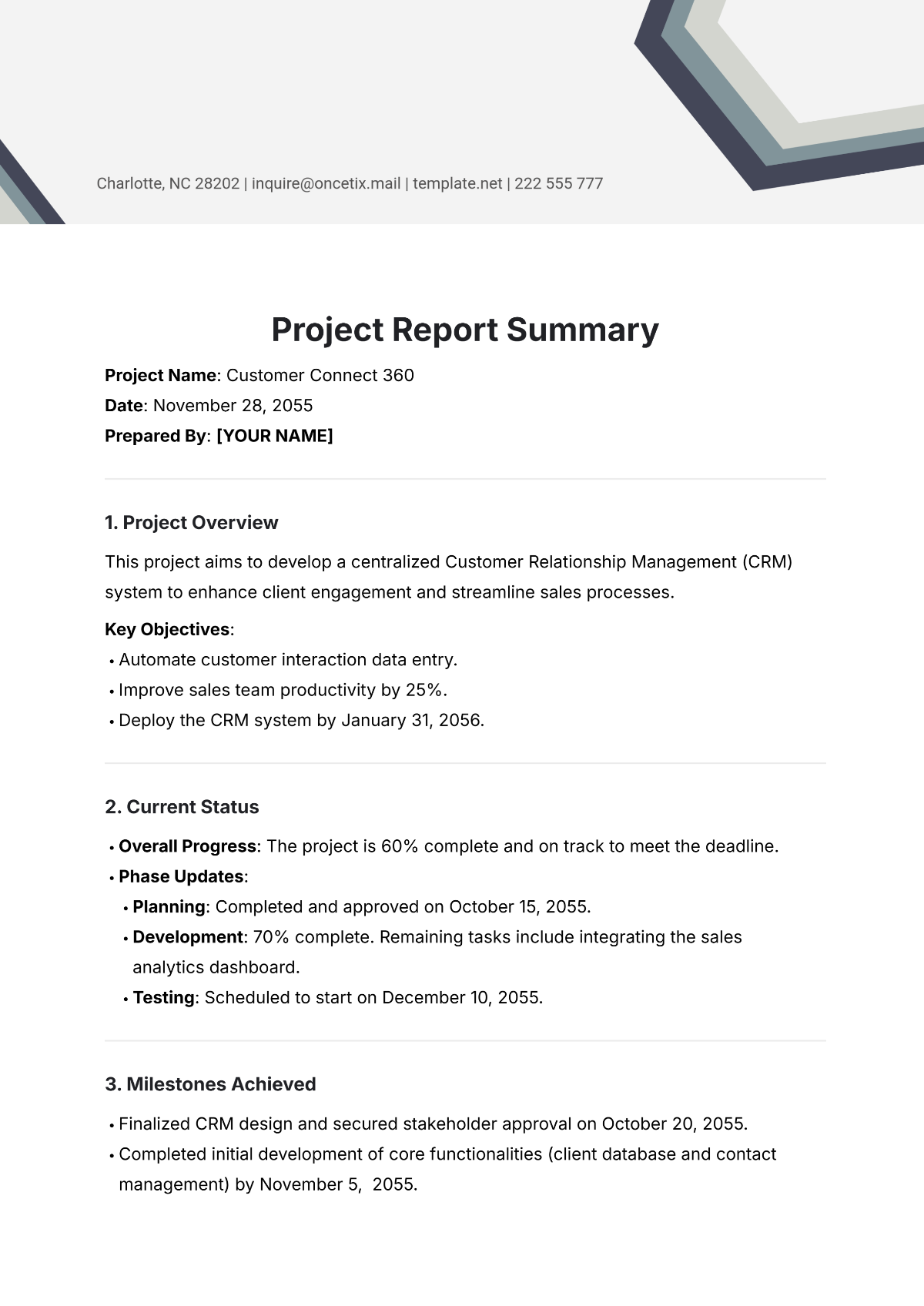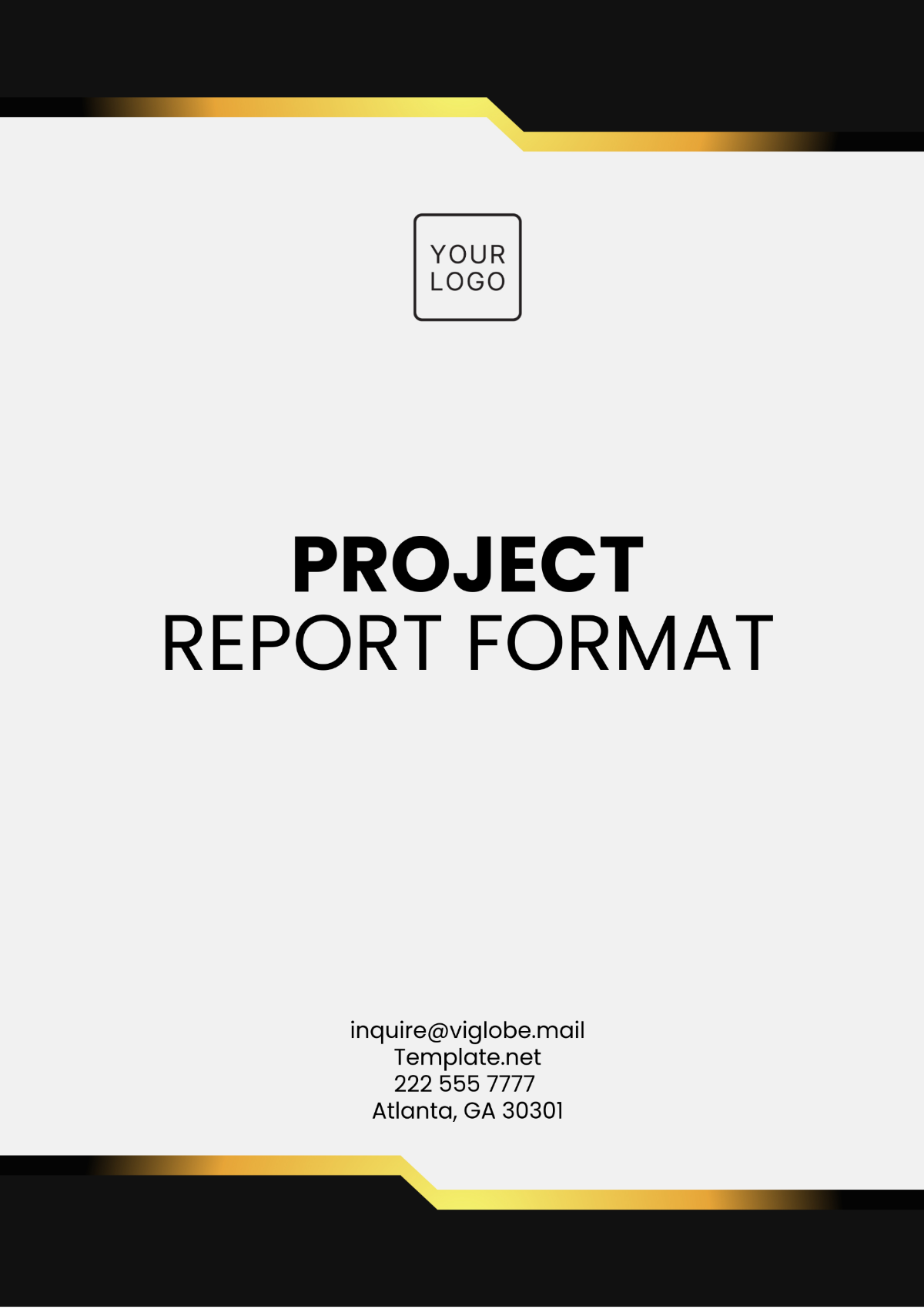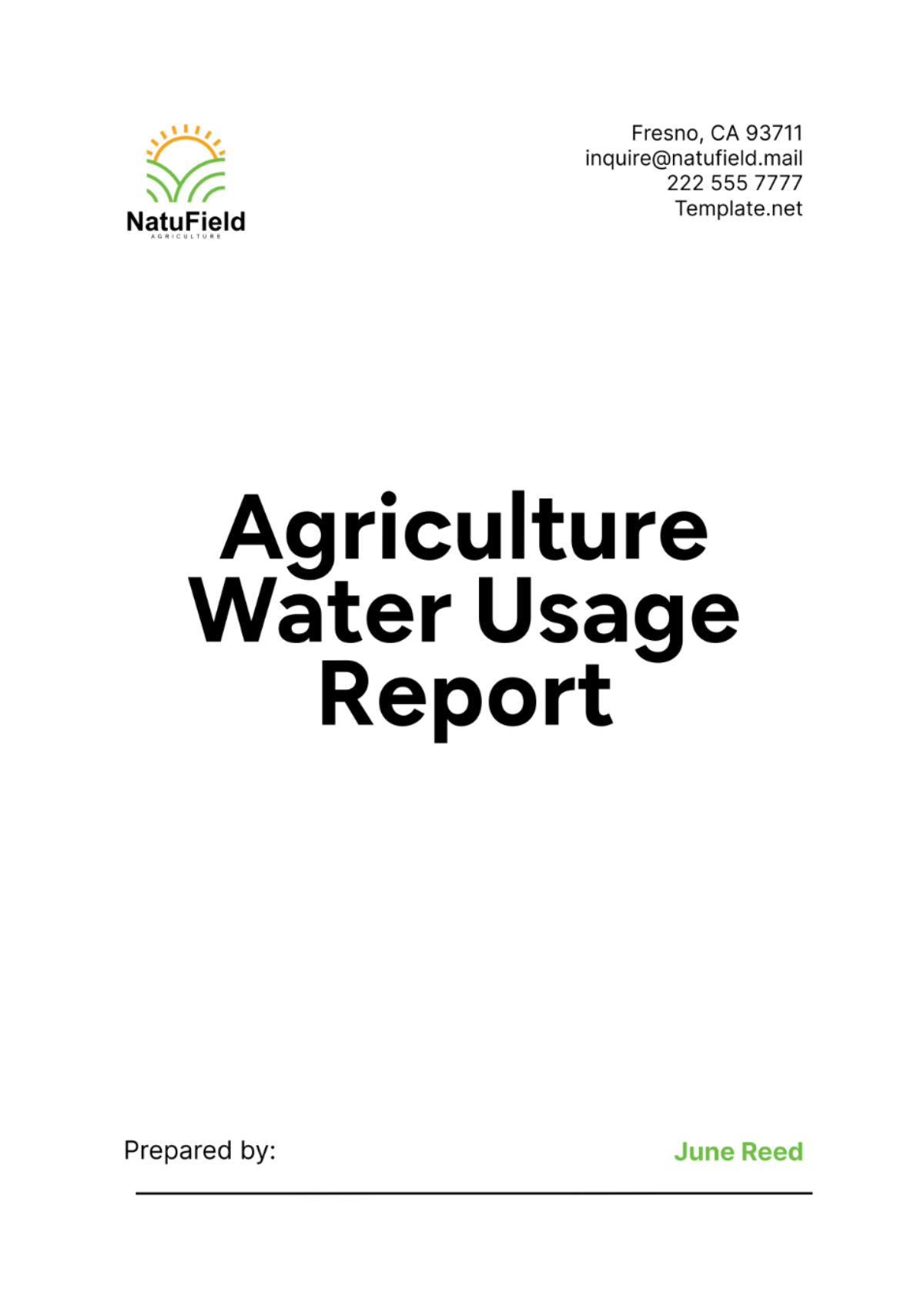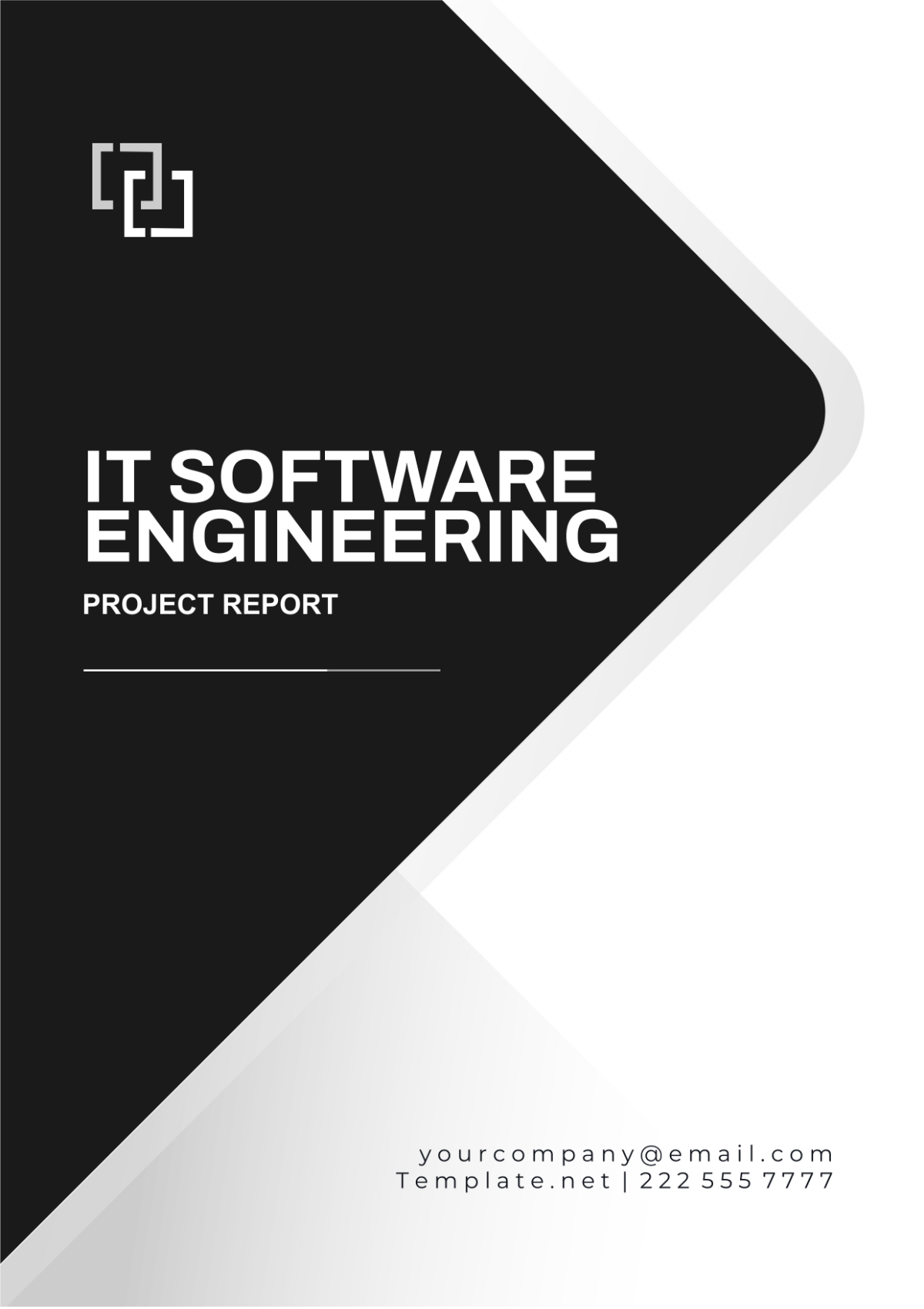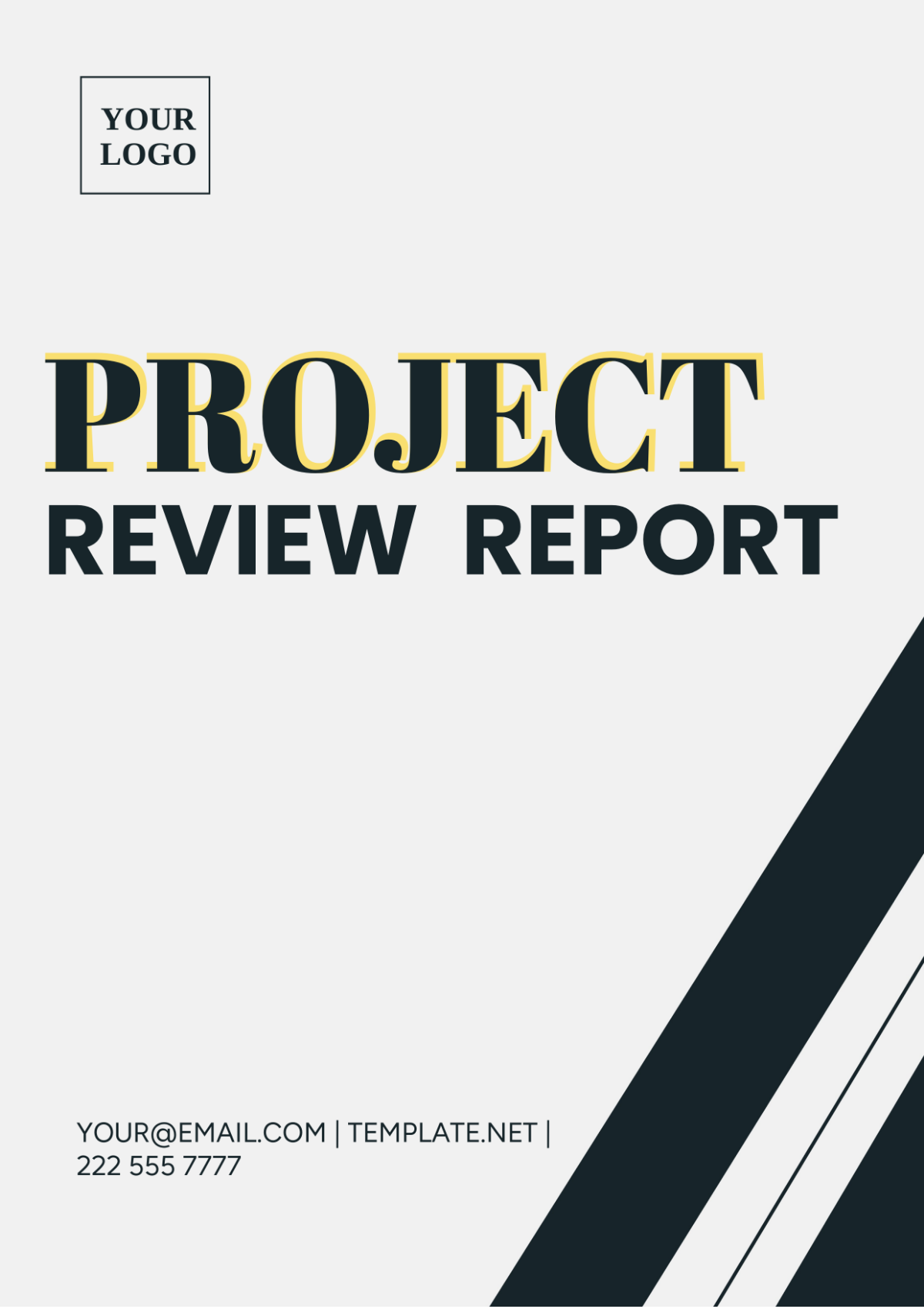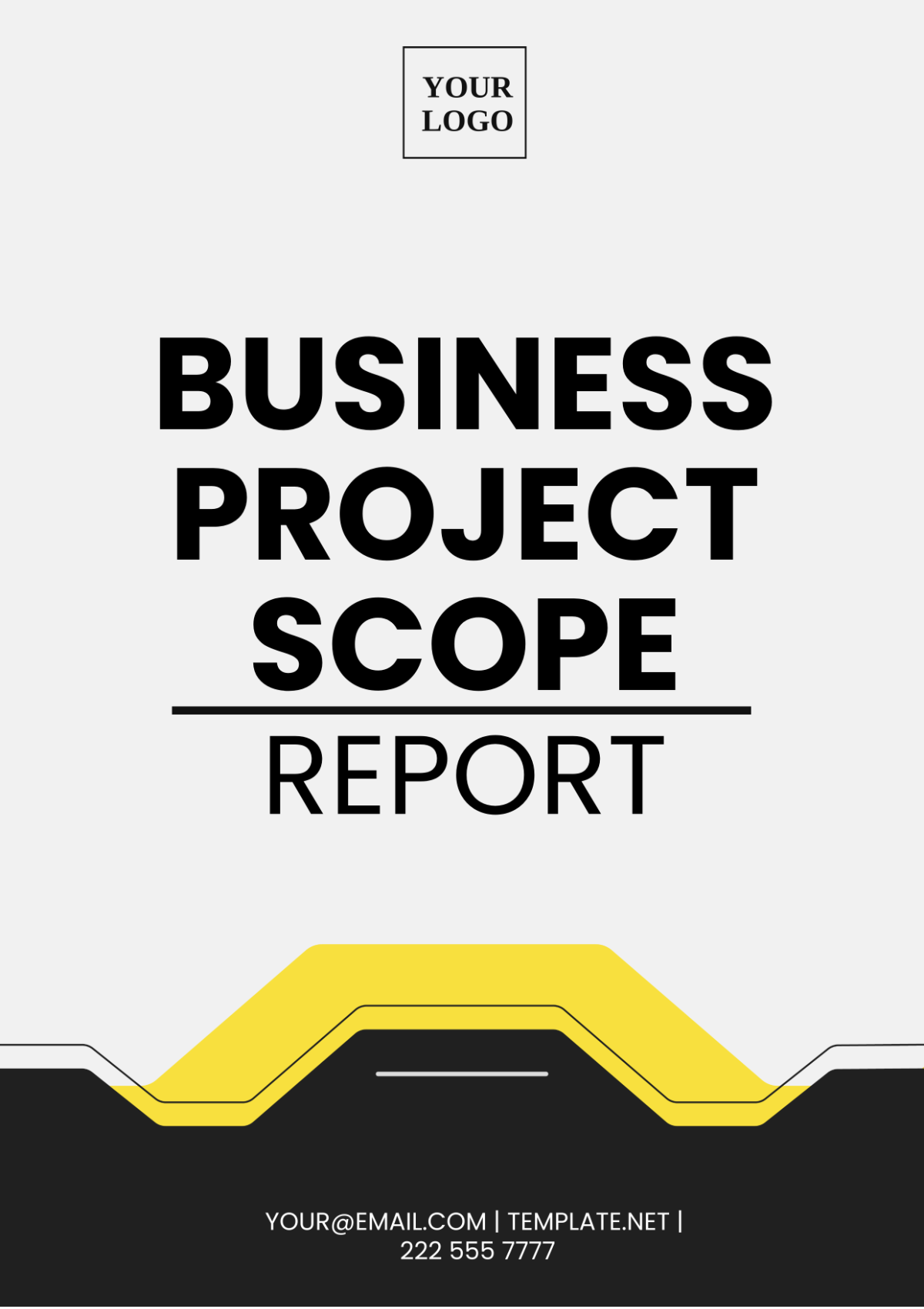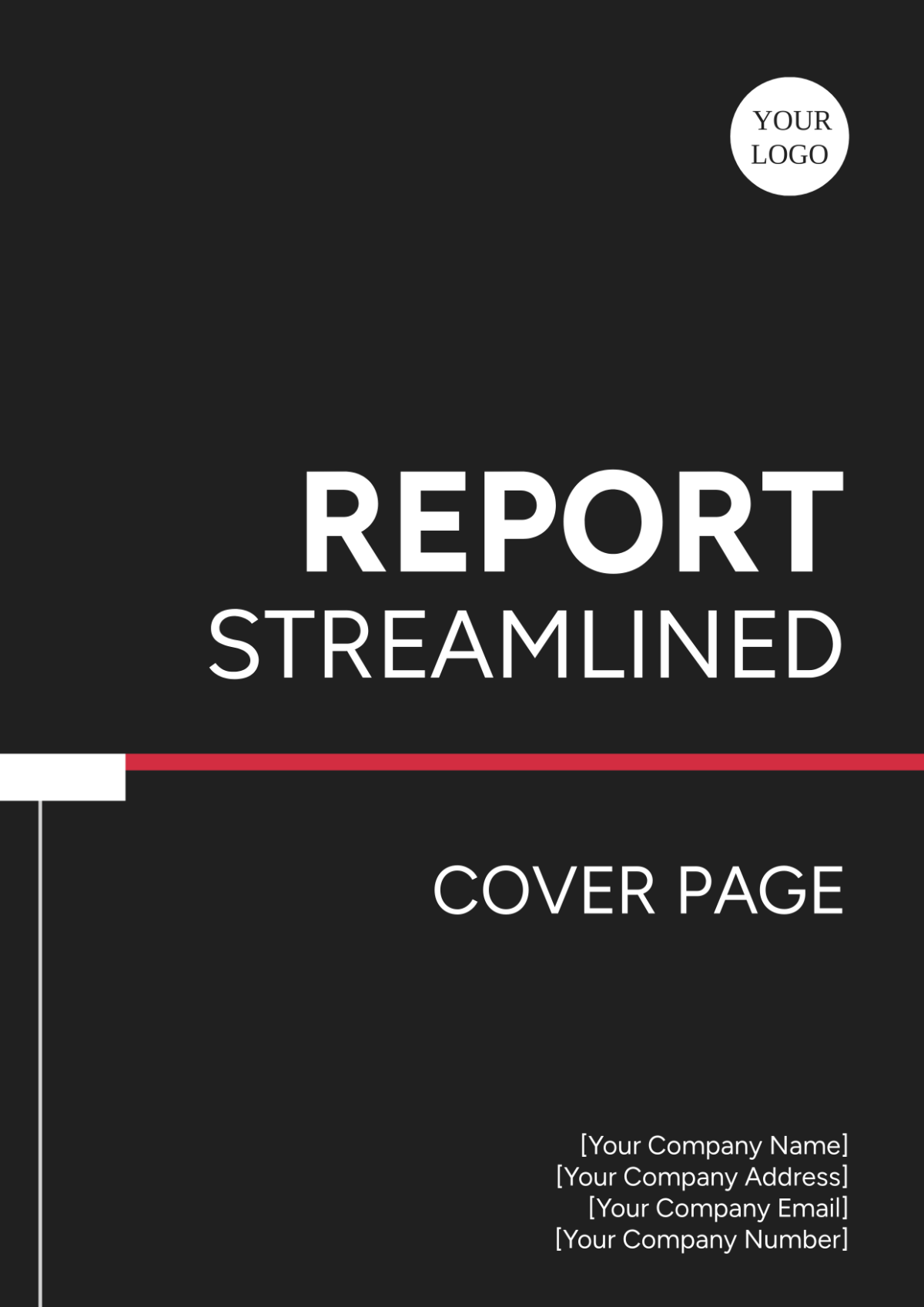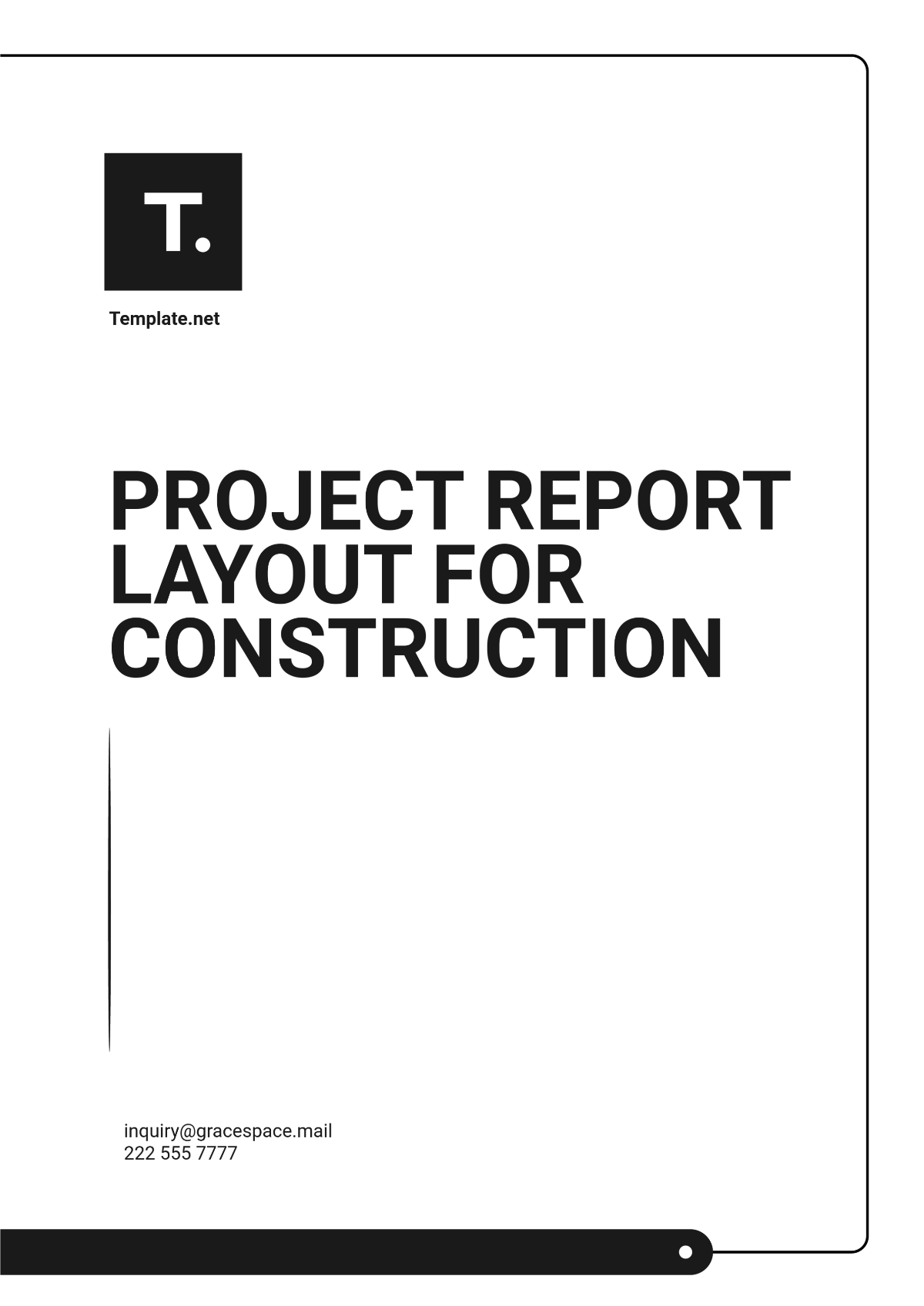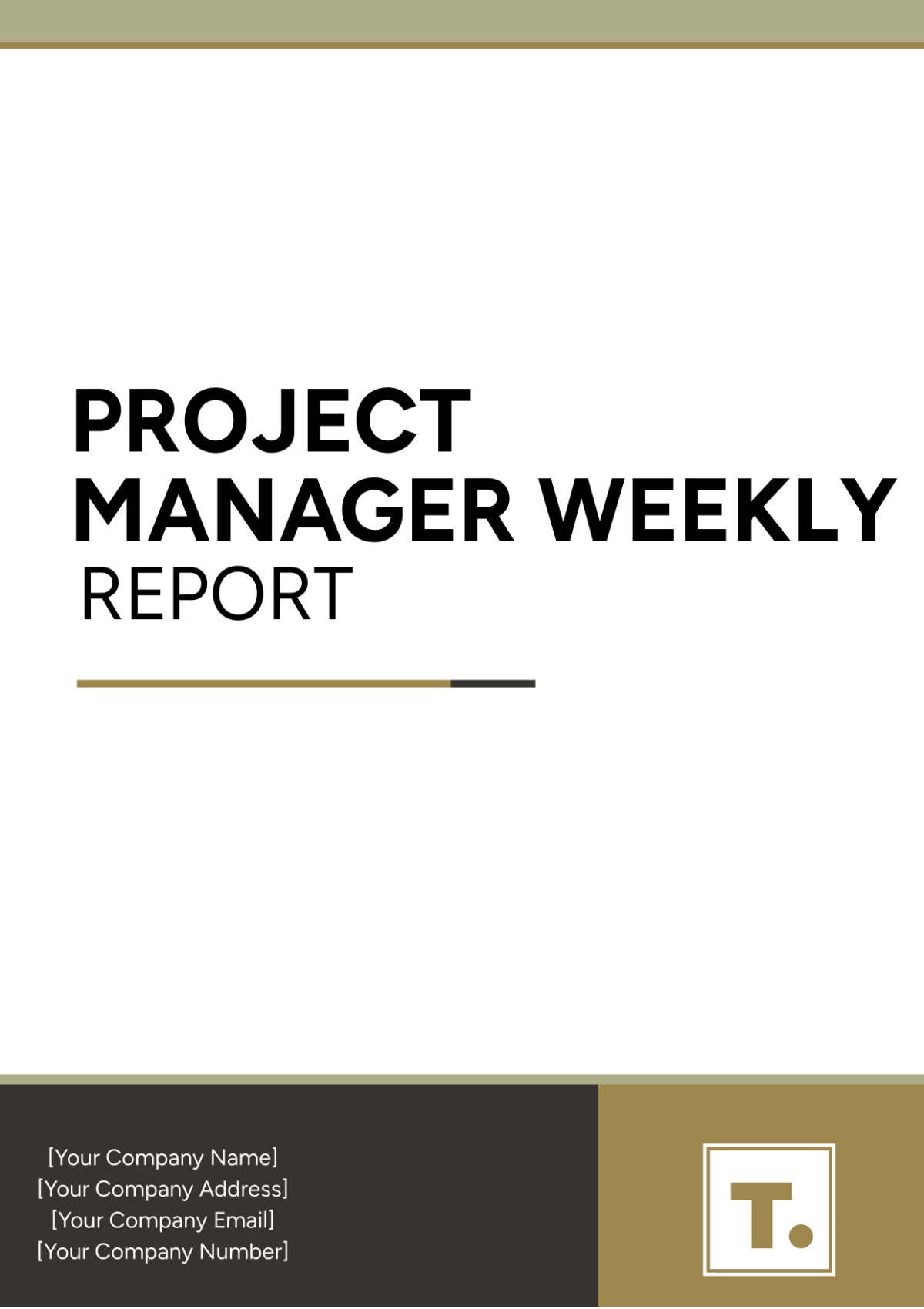Project Close-Out Report
Prepared by: [YOUR NAME]
Introduction
This Project Close-Out Report provides a comprehensive overview of the completed project, highlighting key accomplishments, challenges, and lessons learned. The purpose of this document is to conclude the project formally and provide a reference for future projects.
Project Overview
The project was initiated to achieve specific objectives related to the development and deployment of an innovative software solution. The primary goals included enhancing user experience, improving operational efficiency, and achieving a competitive advantage in the market.
Project Objectives
Develop and deploy a user-friendly software application.
Integrate advanced analytics to provide actionable insights.
Enhance customer satisfaction through improved service delivery.
Complete the project within the defined budget and schedule.
Project Timeline
Phase | Start Date | End Date |
|---|---|---|
Initiation | January 5, 2051 | January 20, 2051 |
Planning | January 21, 2051 | February 15, 2051 |
Execution | February 16, 2051 | August 30, 2051 |
Closure | September 1, 2051 | September 20, 2051 |
Project Deliverables
The project successfully delivered the following key outputs:
A fully functional software application with user-friendly interfaces.
Comprehensive user documentation and training materials.
An analytics dashboard for performance monitoring and insights.
Feedback mechanisms integrated for continuous improvement.
Project Performance
Budget Performance
The project was completed within the allocated budget. Effective financial management strategies, including regular cost monitoring and appropriate budget adjustments, ensured that expenditures remained under control.
Schedule Performance
Despite unforeseen challenges, the project adhered to the initial timeline with minor adjustments. The use of project management methodologies facilitated timely task completion, enabling the project to meet critical deadlines.
Quality Performance
The final deliverables met the quality standards set at project inception. Rigorous testing, stakeholder feedback sessions, and quality assurance processes were incorporated to ensure product excellence.
Challenges Faced
During the project lifecycle, several challenges were encountered which required adaptive strategies and proactive problem-solving approaches:
Resource Allocation: Difficulty in securing skilled personnel due to market competition.
Technological Issues: Initial integration issues with legacy systems.
Stakeholder Management: Changing requirements and expectations required frequent communication and negotiations.
Lessons Learned
The project provided valuable insights and lessons that can benefit future initiatives. Key takeaways include:
The importance of flexible project planning to accommodate unforeseen changes.
Enhancing team communication and collaboration to improve responsiveness.
The necessity of maintaining stakeholder engagement for project success.
Recommendations
Based on the project experience, the following recommendations are proposed for future projects:
Improve Resource Planning: Conduct pre-project resource availability assessments to avoid allocation delays.
Enhance Training Programs: Invest in continuous learning and upskilling for team members to tackle technological challenges efficiently.
Strengthen Risk Management: Develop robust risk management frameworks to better anticipate and mitigate potential project risks.
Conclusion
The successful completion of the project marks a significant milestone for the organization. The outcomes have set a solid foundation for future endeavors, providing enhanced capabilities and insights into the delivery of cutting-edge solutions. Moving forward, the lessons and recommendations from this project will inform and improve subsequent initiatives.

